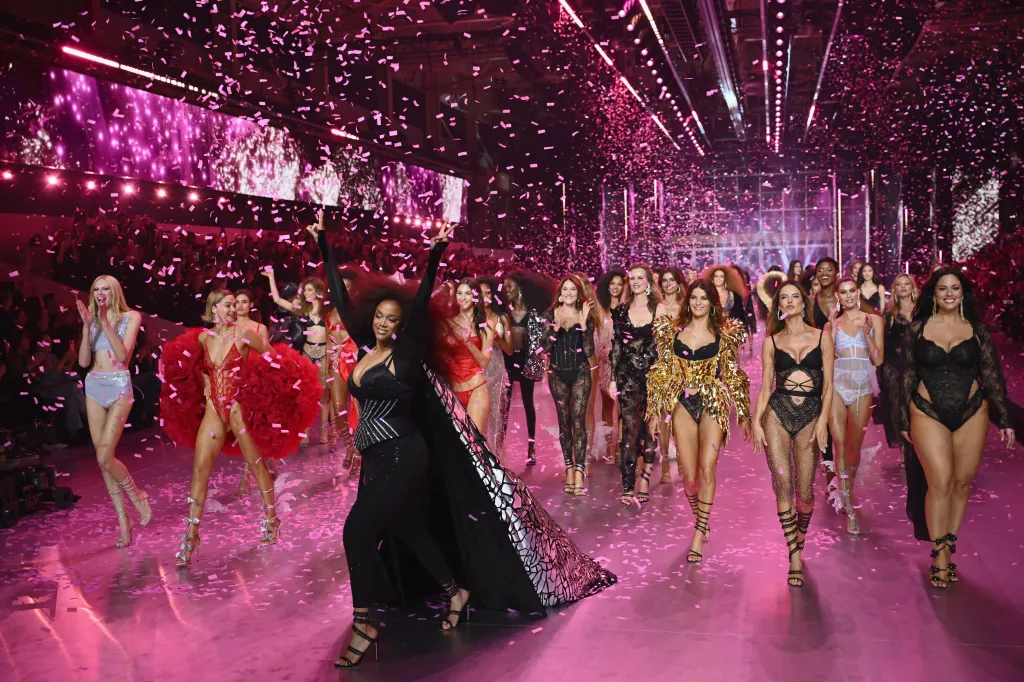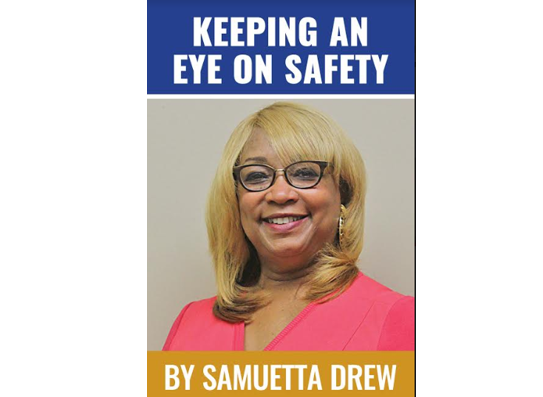Fashion
No One Needed The Victoria’s Secret Fashion Show To Come Back | Defector

Gigi Hadid opened the Victoria’s Secret Fashion Show Tuesday night to the pre-chorus of Chappell Roan’s “Femininomenon.” She sunk into a platform on the stage and the models began their first push down a runway that was once iconic but is now grasping for relevance. It makes some sort of sense that Victoria’s Secret chose this song to frame the return of its fashion show, which is actually just a long ad that the company managed to turn into a weird cultural touchpoint for 20 years.
Chappell Roan is one of the biggest pop stars of the year, and her earworm singles are the perfect kind of good-vibes, girl-power music for corporate advertisements, as long as you don’t listen to the lyrics too closely. Previous versions of the show might have had an artist like her join the Angels on the runway, but there’s no way Chappell Roan would have appeared at this. “Femininomenon” is a queer awakening, and a reminder of what lies on the other side of living for the male gaze, male approval, and male mediocrity. The pre-chorus goes, “I don’t understand why can’t any man / Hit it like / Get it hot/ Make a bitch / It’s a fem.” In the show, the word “bitch” was muted, which was jarring at first, but in a way also perfectly encapsulated the show’s toothless attempt at corporate feminism in its bid to recapture the affections of young women across the country.
The Victoria’s Secret Fashion Show has only ever been an interesting cultural document because of what can be read into it about mainstream American beauty ideals, and more specifically, what a major corporation thinks it can get away with saying about those ideals. It’s been six years since Victoria’s Secret staged its annual fashion show, and in that time the company has had to reexamine its position in the culture because of its tanking stock, increased competition, and the way the culture has curdled against its specific brand of hypersexualized femininity. In 2020, Victoria’s Secret CEO Les Wexner stepped down after the New York Times published an exposé about the toxic and misogynistic culture at the company, as well as scrutiny over his close relationship with Jeffrey Epstein.
The return of the Victoria’s Secret Fashion Show begs the question of what the brand can or should come to represent in this new decade. For years, the show both defined and reflected the mainstream American beauty standard. The Angels who walked the runway were thin and white with big blowouts, the picture of early-2000s white woman beauty. Diversity existed among the models only in hair color and select women of color, like Tyra Banks. The Angels were famous for their bodies; past shows would spotlight their diet and fitness regimens so they could get as trim as possible. The girls in my college sorority used to tape photos from the show onto the backs of their closets for spring-break weight-loss inspiration. I often think about this moment from the 2011 show, when Gisele Bundchen scarfed down a donut backstage after presumably starving herself for weeks. The show was a fantasy world of polyester lace, 10 percent body fat, and feather angel wings.
As Chappell Roan crossfaded into Charli XCX’s “360” and then back to more Chappell Roan, I felt disoriented and confused. The whole enterprise felt like a flaccid attempt at correcting some of the political wrongs of the company’s past.
This was apparently the first show with all-female performers—K-pop star Lisa, Tyla, Orianthi, and Cher—which explains the use of “Femininomenon” in the show’s opening. There was a vague nod to body diversity, and older Angels like Kate Moss, Adriana Lima, and Tyra Banks also made appearances, which would have been unfathomable in previous versions of the show. Of course, their bodies were still toned to the gods and there wasn’t a wrinkle or fine line in sight, but the fact that these women were over 50 and maybe rocking size 4s instead of 0s was radical in the Victoria’s Secret’s universe. But in 2024, it was way too little and six years too late.
Victoria’s Secret has been out of touch for a while, and that’s reflected in its waning market share in the world of lingerie. It was once the main destination for middle-class shoppers looking for an accessible luxury underwear and lingerie experience, but as in-person retail has deteriorated over the last decade, other companies have entered the space in ways Victoria’s Secret couldn’t, or wouldn’t. For example, Rihanna’s Savage x Fenty launched in 2018 and Kim Kardashian’s Skims launched in 2019; both lines offer sizing options far beyond what has traditionally been available at Victoria’s Secret, and Skims offers undergarments in nine different nude skin tones.
The culture has also largely moved past the femininity Victoria’s Secret became famous for selling. Where Victoria’s Secret was most known for its push-up styles and underwire bras that prioritized increasing cleavage and making breasts appear bigger than they were, since the pandemic especially, bras have trended toward simpler styles that emphasize comfort for the wearers.
Before the 2024 show started, Banks read what is presumably the brand’s mission statement for its return: “Tonight on the runway, it’s all about the women. From the crew working behind the scenes to the artists performing on the stage to the star-studded lineup of 52 models from 25 countries. A brand-new Victoria’s secret fashion show, where women take the reins.” The show might have been brand-new, but the vision of femininity and empowerment Victoria’s Secret was selling was stale as ever.
The show ended with a prolonged shot of fireworks shooting off a barge in the East River, which was broadcast on the screens. Attendees weren’t seeing the fireworks in person. As the credits rolled, the fireworks seemed like the perfect metaphor for what Victoria’s Secret tried to do with its show: Make a lot of noise that no one really cared about.









